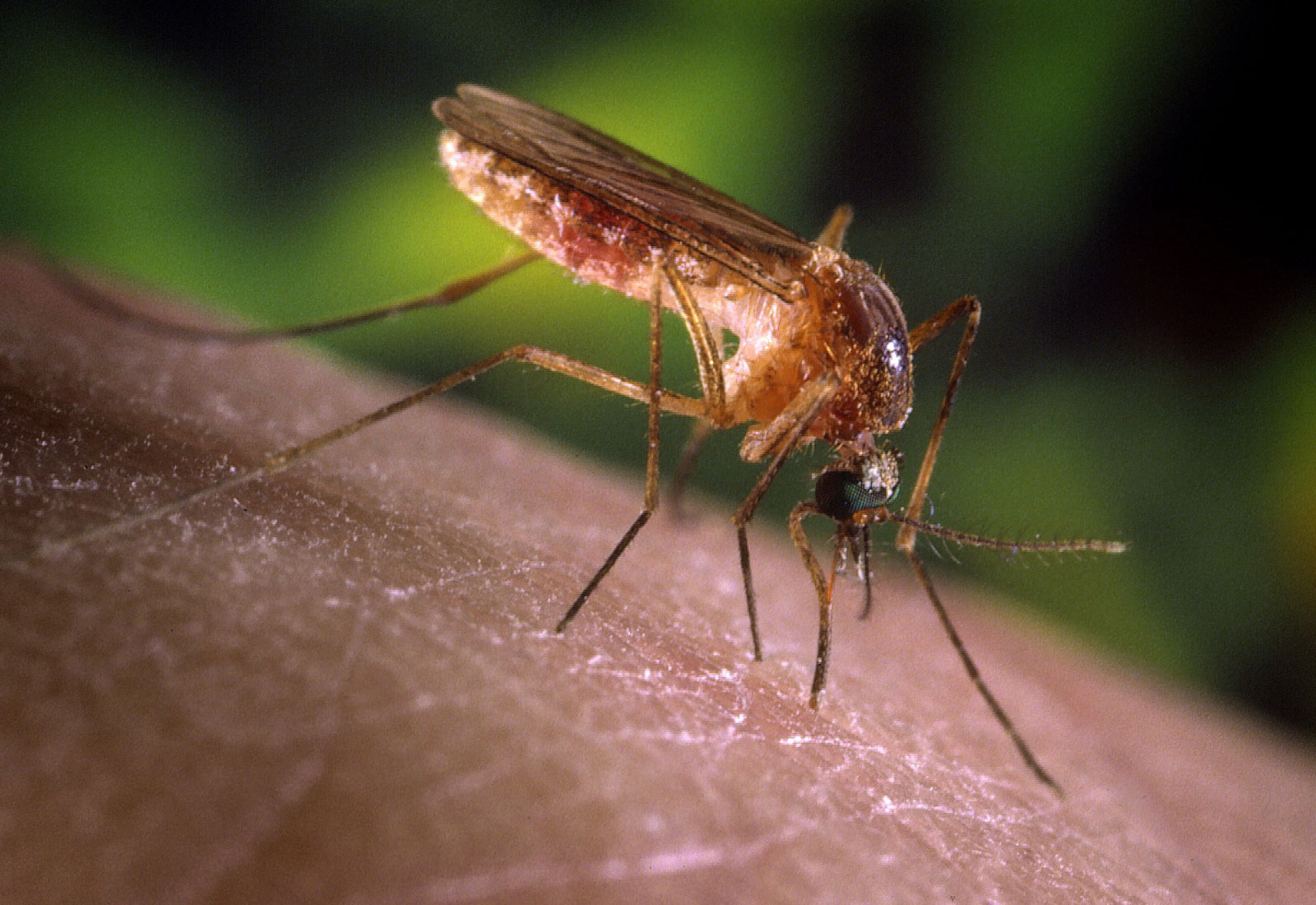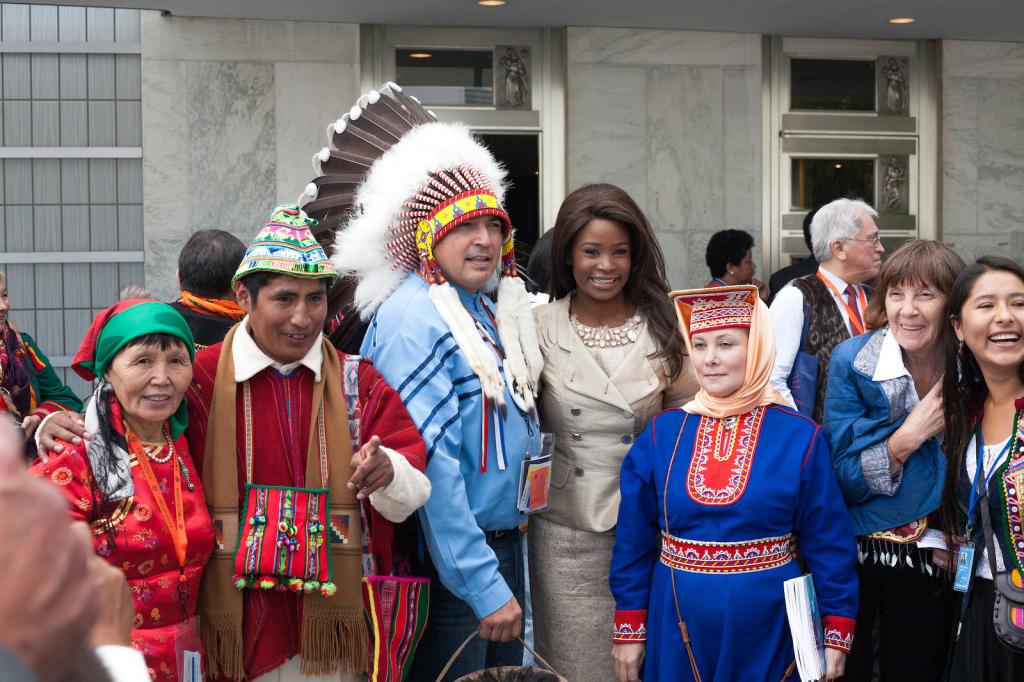Summer may be officially over, but mosquito season is showing no sign of abating. If you’re cursing the influx of winged whiners, save some vitriol for climate change, which definitely played a role in exacerbating this year’s mosquitogeddon.
It was an unusually warm summer — the hottest summer on record for the contiguous United States — and that has helped mosquitoes thrive. But experts say the chief reasons for the explosion in mosquito populations this year are the season’s record-breaking storms and above-average rainfall in many states.
Parts of the Northeast received a foot of rain in just three weeks in July, due to a series of back-to-back thunderstorms and the remnants of Hurricane Elsa. In August, Tropical Storm Fred and its remnants doused the East Coast from Florida to Massachusetts, and Tropical Storm Henri hit New England head on. Less than two weeks later, Ida soaked the Gulf Coast as a Category 4 and blasted the Northeast with record-breaking amounts of rainfall as a disorganized storm system. Meanwhile, in the Southwest, a “super” monsoon season eased drought conditions in parts of Arizona, producing Tuscon’s wettest month on record in July.
Climate change plays a role in exacerbating these storms. The air becomes 4 percent more saturated with water for every 1 degree Fahrenheit that the planet warms. The most torrential downpours in the Northeast now unleash 55 percent more rain compared to the 1950s, according to the most recent National Climate Assessment, and could increase another 40 percent by the end of the century.
Unfortunately for humans, the abundance of mosquitoes varies massively with rainfall. The more rain there is, the more scattered pools of water there are across the landscape that the insects can use to lay their eggs in. This summer’s rains basically turned half of the U.S. into a perfect breeding ground for mosquito larvae.
“The mosquito is the state bird of New Jersey,” Andrew Dobson, a professor of ecology and evolutionary biology at Princeton University, told Grist. “But this year seems much worse than normal.”
It’s early to say how, exactly, this year stacks up to previous years in terms of mosquito populations. But the uptick in mosquitoes has been clocked by experts and officials in multiple states so far.
“This is actually one of the worst mosquito seasons in recent memory with a record number of the bugs plaguing communities across New York,” Senator Chuck Schumer, Democrat from New York, said at a press conference over the weekend. He called on federal agencies to make funds available to New York to fight off the invasion. In Luzerne County, Pennsylvania, officials told a local news station that 2021 has brought more mosquitoes to their county than they’ve seen in the past decade. In New Orleans, city officials reported more mosquitoes than usual, and nearby St. Tammany Parish reported a 300 percent increase in two types of mosquitoes. Steven Oscherwitz, an infectious disease specialist in Arizona, told Grist that he’s seen an increase in mosquitoes in the Southwest, too, due to the extremely heavy monsoon season. Even Southern California is seeing more mosquitoes than usual, due not to rain but to heat and humidity.
Some of those mosquitoes are more than just a nuisance. The Culex genus of mosquito carries West Nile virus, a disease in the Yellow Fever family that causes no symptoms in most people but severe disease — including high fever, headaches, tremors, paralysis, and even death — in older and immuno-compromised people. Multiple state public health departments have issued warnings about West Nile virus in recent weeks. Arizona, Arkansas, California, Idaho, New Jersey, and Texas have each reported one to two deaths related to the disease so far, and many more states have recorded human cases of West Nile.
West Nile virus is relatively new to the U.S., as far as vector-borne diseases go. The first cases were reported roughly 20 years ago. The illness has no cure, and there is no vaccine available to prevent infection. But Dobson, from Princeton, said that many Americans have immunity to West Nile without knowing it, because they’ve been exposed to bites from mosquitos carrying the virus for multiple summers in a row. The COVID-19 pandemic, however, may have contributed to decreased immunity this year, Dobson hypothesized, because people were stuck inside last summer and weren’t getting bitten as much, leading to a drop in the number of people getting immunity from the virus last year. “You might expect to see more cases of West Nile because people have been isolating themselves because of COVID,” Dobson said.
Climate change has helped mosquitos carrying West Nile and other diseases like malaria and dengue fever move around to new and higher ground, where warmer temperatures are helping the insects survive and bite humans. And higher temperatures can also affect the quantity of virus the mosquitos carry, Oscherwitz said. “When it’s really hot, the West Nile virus can multiply in them more, so they each carry a higher load of that virus than they would if we had cooler weather,” he said.
The impact of climate change on vector-borne disease more generally has experts worried. “We’ve got to be thinking much more cogently about planet change and what we’re going to do to stop it,” Dobson said. “Otherwise we’re going to have more floods, more diseases.”



